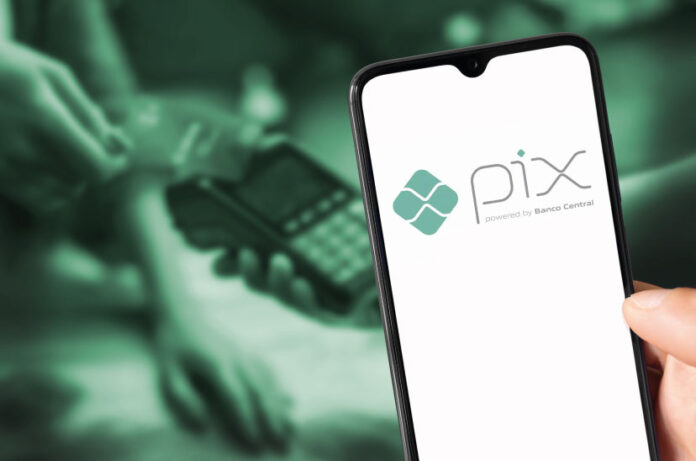If Pix had no trouble winning over Brazilians, adoption of this instant payment method is set to grow even more as the new features planned by the Central Bank come into play. The next novelty, which takes effect on February 28, is Pix by Proximity (or Pix by Biometrics).
It allows consumers to make payments by bringing an NFC-enabled mobile phone close to card readers, without needing to open the banking app. For this, the Pix key only needs to be previously registered in a digital wallet. For online purchases, payment completion will now happen directly in the e-commerce environment, without accessing the financial institution’s app. In both cases, the payment journey becomes much simpler and smoother.
The feature had already been in testing since November with some banks and payment transaction initiators (PTIs). With its official implementation, although the inclusion of Pix by Proximity in banking and wallet apps won’t become mandatory, players that don’t offer this convenience to their customers will fall behind the competition.
But there would hardly be reasons for that, as Pix by Proximity brings numerous benefits for consumers, merchants, and businesses alike. Bruno Loiola, co-founder of Pluggy, a fintech offering payment and financial data solutions for businesses through Open Finance, highlights that the impact of this novelty is most visible in retail but goes much further, potentially affecting even public transportation. See below some positive impacts of the new Pix feature.
Greater agility in in-person transactions. In physical retail, Pix by Proximity will reduce the time needed for payments by eliminating the need to scan QR Codes or enter Pix keys. ‘Currently, there’s significant friction when paying with Pix: the consumer needs to open their phone, access the banking app, enter credentials, and locate the Pix section to complete the transaction. With the new feature, payment will be made directly in virtual wallets by bringing the phone close. More and more people are expected to adopt this method, improving the shopping experience,’ predicts Loiola.
Higher conversion in online transactions. Pix payments are already common in online environments. But now they gain functionalities that allow for increased conversion and eliminate some intermediaries and risks of other payment methods like cards or bank slips. Just as some e-commerce sites have one-click credit card payment functionality, the same will be possible with Pix. By securely storing the Pix key in a virtual wallet or even within a favorite store, consumers can authorize an online transaction with a simple biometric confirmation on their phone.
More security for consumers and businesses. The feature will bring more protection against fraud, as payments will only be authorized upon device authentication via biometrics or password. Additionally, with reduced need for physical contact and exposure of sensitive data, users will have greater peace of mind when making transactions.
Another security advantage is that consumers can view the amount to be debited on their phone before approving the transaction. In current proximity card payments, the amount is only shown on card readers, which can also be subject to fraud.
Convenience for businesses in managing receivables. For businesses, especially in retail and services, Pix by Proximity will simplify financial reconciliation and reduce costs associated with other payment methods like card terminals and bank slips. ‘Not to mention that with instant transactions, receipt is immediate. This can result in higher profit margins and less dependence on financial intermediaries,’ adds Pluggy’s executive.
Expansion of Pix usage in transportation and services. The new functionality will allow public transportation like buses and subways to adopt Pix in an even more practical way, as a direct alternative to electronic tickets and transit cards. And services like tolls and parking can be paid more smoothly and without friction.


